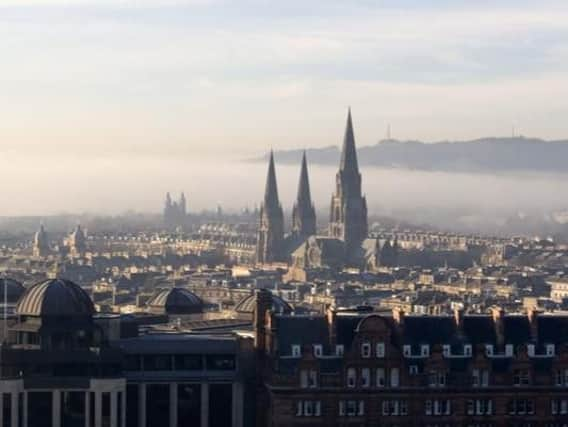Edinburgh's haar returns - but how long will it last?


Edinburgh locals and those visiting for the city’s festivals can expect rain for much of the day, and the city’s signature haar will hang around for much of it as well. Haar is coastal fog that forms when mild and moist air sits over chilly waters, often bringing with it low cloud and drizzle.
Today’s weather
The haar is currently causing poor visibility across the city, but should ease off to moderate by around 12pm and become good by 8pm, according to the Met Office. Light rain is expected to continue for much of the day, with things drying up at about 9pm.
Advertisement
Hide AdAdvertisement
Hide AdTemperatures will stay between 14C and 15C all day, but the city is likely to feel slightly cooler due to other weather conditions. Wind speeds are expected to remain low, and Edinburgh’s pollen count is also forecasted to be low.
How long will the haar last?
After today, visibility in the capital is expected to be good or very good for the majority of the rest of the week, suggesting that the haar will not make another appearance after today.
Why does haar form?
This weather phenomenon occurs when warm air moves over the cooler North Sea, causing moisture in the air to condense and form haar. The haar is then blown inland by the wind.
Variants of the term in Scots and northern English include har, hare, harl, harr and hoar. It can form over bodies of land such as valleys and slopes, as well as over the sea.
Advertisement
Hide AdAdvertisement
Hide AdThe thickest fogs tend to occur in industrial areas where there are many pollution particles on which water droplets can grow.
There are several different types of fog, which are named according to the physical process which produces saturation or near-saturation of the air. The main types of fog include radiation, valley, advection and upslope fog.